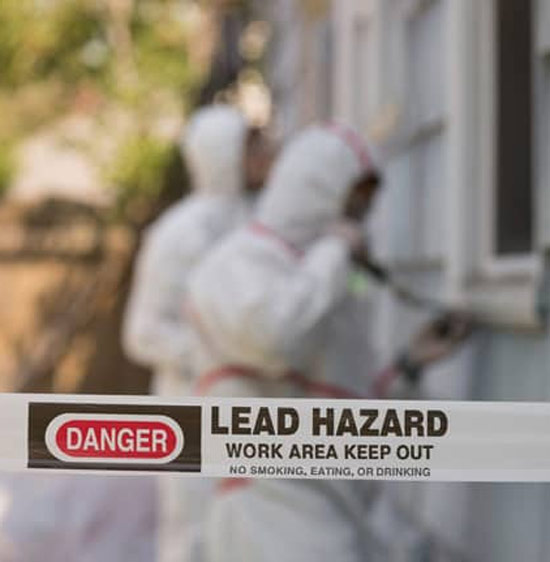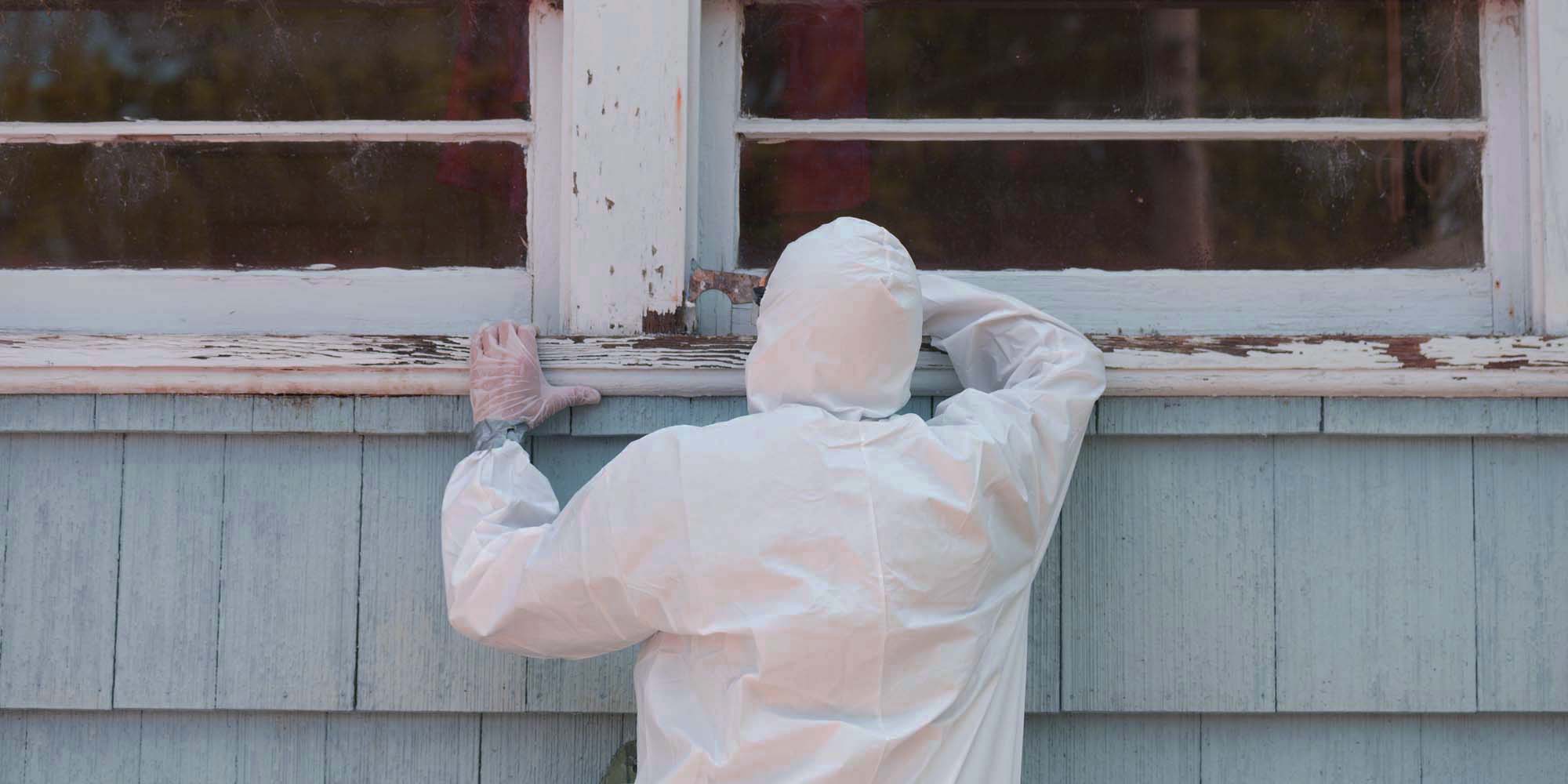Trusted Lead Paint Removal Company-- NYC's Premier Lead Reduction Service
Trusted Lead Paint Removal Company-- NYC's Premier Lead Reduction Service
Blog Article
Comprehensive Guide on Effective Lead Offense Elimination Methods
In the world of environmental security, resolving lead offenses requires a thorough and organized approach. This extensive guide starts by highlighting the important initial actions of identifying lead threats through advanced evaluation and screening approaches. Methods such as XRF analysis and dust clean tasting are vital in determining contamination resources. Furthermore, the overview clarifies on the relevance of sticking to rigid security protocols throughout the elimination process, including using appropriate PPE and isolating affected areas (Lead Paint Removal Company). The subsequent sections promise to discuss post-removal confirmation and precautionary strategies, ensuring long-lasting safety and compliance. Discover the elaborate information that make these strategies not just reliable however important.
Identifying Lead Risks
Recognizing lead dangers is an essential initial action in mitigating the dangers connected with lead direct exposure. Lead, a hazardous steel, can be present in various ecological tools, consisting of paint, dirt, water, and dust.
The first stage in recognizing lead dangers includes comprehending usual lead resources within the built environment. Structures constructed prior to 1978 are particularly vulnerable as a result of the common usage of lead-based paint throughout that duration. Furthermore, soil contamination can take place from weakening outside paint, industrial discharges, or historical usage of leaded fuel.
One more substantial resource is lead piping and pipes fixtures, which can leach introduce alcohol consumption water. Durable goods such as toys, porcelains, and imported products may also have hazardous lead degrees. Especially, job-related atmospheres and hobbies entailing lead can track contaminants into homes.
Evaluation and Screening
When addressing lead hazards, efficient evaluation and screening are vital. Preliminary analysis generally includes a visual evaluation to determine potential lead resources, such as weakening paint or polluted dirt.

Dust clean sampling is another critical method, specifically in residential settings. By collecting examples from floors, windowsills, and other surface areas, this method supplies understandings right into potential direct exposure dangers. Soil testing around structure perimeters is necessary to identify lead contamination that might position risks, particularly to kids.
Safe Removal Treatments
Upon completing complete assessment and screening, applying safe removal treatments is the next critical phase in attending to lead dangers. This process makes certain that lead-contaminated materials are properly and safely gotten rid of, decreasing danger to both employees and citizens. The initial step entails isolating the afflicted location utilizing plastic sheeting and appropriate securing methods to stop the spread of lead dirt.
Workers need to don ideal personal safety tools (PPE), consisting of respirators, handwear covers, and non reusable coveralls, to alleviate direct exposure. Using specialized Read Full Report tools and wet methods, such as wet fining sand or utilizing HEPA-filtered vacuums, decreases the diffusion of lead fragments. It is vital to stay clear of dry fining sand or abrasive blasting, as these techniques can create dangerous lead dirt.
Garbage disposal is one more important component; all polluted products have to be safely landed and classified according to EPA and neighborhood policies. In addition, complete cleaning visit their website of the job area with HEPA vacuum cleaners and wet cleaning guarantees the elimination of recurring lead fragments.
Post-Removal Confirmation

Verification of effective lead removal, called post-removal confirmation, is critical to make sure the safety and habitability of the remediated area. This process entails a collection of precise evaluations and tests created to discover any recurring lead bits that might posture health dangers. The preliminary action generally consists of an aesthetic assessment to examine the conclusion and high quality of the remediation work. This evaluation makes sure that all recognized resources of lead have actually been attended to which no visible signs of contamination stay.
Following the aesthetic evaluation, ecological sampling is performed. This involves accumulating dust, dirt, and often water samples from the remediated location. Accredited laboratories evaluate these samples to gauge lead levels, guaranteeing they drop below the safety thresholds developed by regulative bodies such as the Environmental Protection Company (EPA)
In enhancement, air high quality testing might be performed to detect airborne lead fragments, particularly in instances where comprehensive lead-based paint elimination or renovation has occurred. The results of these examinations provide quantitative data validating that the lead degrees are within permissible limitations.
Inevitably, post-removal verification works as an important checkpoint, verifying the effectiveness of the lead abatement initiatives and guarding the health and wellness of occupants and check my source site visitors.
Preventive Actions and Maintenance

A key preventative measure consists of the usage of lead-safe certified specialists for any restoration, repair work, or paint tasks. These experts are trained in practices that lessen lead dust and particles. In addition, preserving coloured surfaces to prevent cracking or peeling off is essential, as wearing away paint can release lead particles right into the environment.
Educational campaigns targeting homeowner and renters pertaining to the threats of lead and the significance of reporting any type of prospective dangers can further improve preventative efforts. Regular cleaning using HEPA vacuums and damp wiping methods can considerably reduce lead dirt build-up.
Verdict
In summary, efficient lead infraction elimination requires a careful strategy including thorough analysis, exact screening, and stringent elimination procedures. Continuous assessments and maintenance are vital to alleviate future lead risks, therefore protecting public wellness and ensuring sustained conformity with regulatory requirements.
Report this page